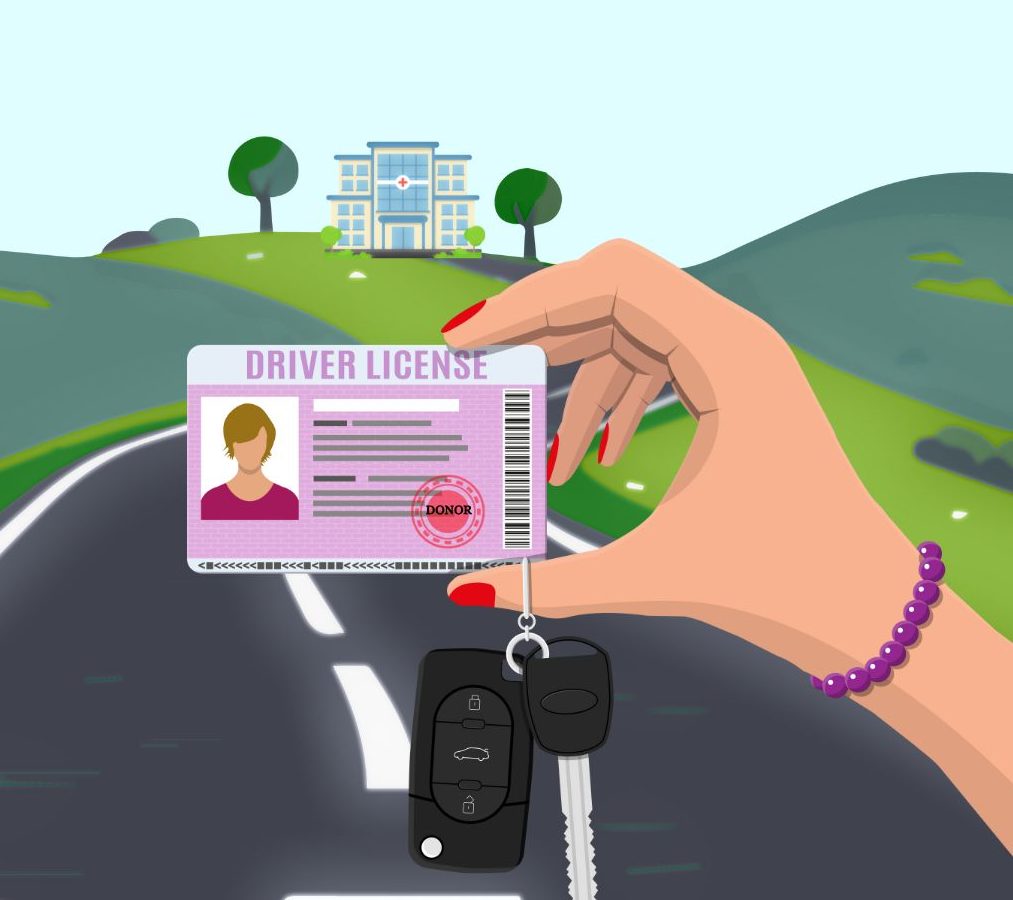AUTOMATIC VS. MANUAL TRANSMISSIONS
BY OLIVIA JOHNSON ART GRAPHIC EDITOR AND AGAFAYE VICTORINO
CIRCULATION EDITOR“Live fast, drive faster” says Matt Smith, junior.
Driving an automatic or manual car can say a lot about one’s personality. Most cars in the United States are automatic, meaning the car automatically shifts gears. Manual transmissions, in which you have to manually shift gears, are usually used either in race/sports cars, foreign cars, or older models.
There are many pro’s and con’s to driving both types of transmissions. Automatic vehicles are known for simplicity, the ability to multitask, easy driving in traffic, having more gears, as well as the ability to shift faster. Many parents have chosen this type of transmission due to the amount of driving they do. The gear shift in order to perform basic gears such as drive, park, neutral, and reverse may be on the steering column or on the floor depending on the model of the car.
The drawback of having a car with automatic transmission is that they have high repair costs and their parts are smaller, making it harder for mechanics to fix the problem. This type of transmission is useful for parents and convenient for new drivers.
“I drive automatic because it’s what I was given, but I would much rather drive manually because it feels like you’re more connected to the car,” says Connor Wyatt, junior.
Manual transmissions have many benefits although it requires more effort and attentiveness while driving. It is also tricky to stop and start in traffic, unlike automatic.
“Automatic is for little girls,” says Aaron Manely, junior.
Most race cars are manual because this type of transmission is more reliant on skill and is often used by race car drivers and experienced drivers to get the fastest speed and best performance. In this type of transmission, both hands and feet are needed to shift gears and stop by using the third pedal to the left on the ground called the clutch as well as the shift knob. Fixing the car whenever something is wrong is made easier because their parts are bigger, and generally do not need to be repaired as often.
Driving a stick saves the life of the car’s breaks, and also gas depending on driving. This type of transmission often has four to five gears; six gears being used for cruising purposes as well as over drive. The driver shifts gears according on how high the RPM’s (revolutions per minute, or how fast your engine is turning) are.
Choosing between automatic and manual transmissions is a matter of personal preference, car choice, and driving style.
BY OLIVIA JOHNSON ART GRAPHIC EDITOR AND AGAFAYE VICTORINO
CIRCULATION EDITOR“Live fast, drive faster” says Matt Smith, junior.
Driving an automatic or manual car can say a lot about one’s personality. Most cars in the United States are automatic, meaning the car automatically shifts gears. Manual transmissions, in which you have to manually shift gears, are usually used either in race/sports cars, foreign cars, or older models.
There are many pro’s and con’s to driving both types of transmissions. Automatic vehicles are known for simplicity, the ability to multitask, easy driving in traffic, having more gears, as well as the ability to shift faster. Many parents have chosen this type of transmission due to the amount of driving they do. The gear shift in order to perform basic gears such as drive, park, neutral, and reverse may be on the steering column or on the floor depending on the model of the car.
The drawback of having a car with automatic transmission is that they have high repair costs and their parts are smaller, making it harder for mechanics to fix the problem. This type of transmission is useful for parents and convenient for new drivers.
“I drive automatic because it’s what I was given, but I would much rather drive manually because it feels like you’re more connected to the car,” says Connor Wyatt, junior.
Manual transmissions have many benefits although it requires more effort and attentiveness while driving. It is also tricky to stop and start in traffic, unlike automatic.
“Automatic is for little girls,” says Aaron Manely, junior.
Most race cars are manual because this type of transmission is more reliant on skill and is often used by race car drivers and experienced drivers to get the fastest speed and best performance. In this type of transmission, both hands and feet are needed to shift gears and stop by using the third pedal to the left on the ground called the clutch as well as the shift knob. Fixing the car whenever something is wrong is made easier because their parts are bigger, and generally do not need to be repaired as often.
Driving a stick saves the life of the car’s breaks, and also gas depending on driving. This type of transmission often has four to five gears; six gears being used for cruising purposes as well as over drive. The driver shifts gears according on how high the RPM’s (revolutions per minute, or how fast your engine is turning) are.
Choosing between automatic and manual transmissions is a matter of personal preference, car choice, and driving style.





